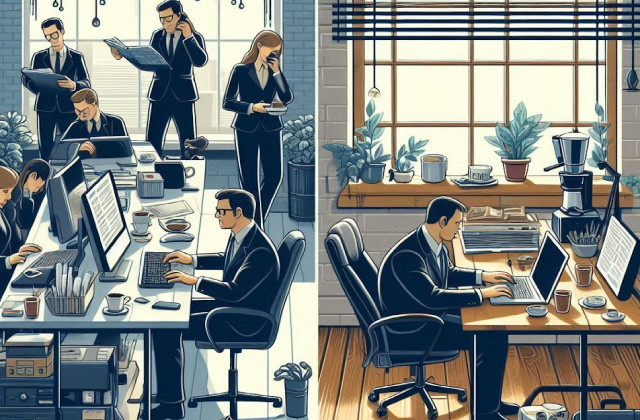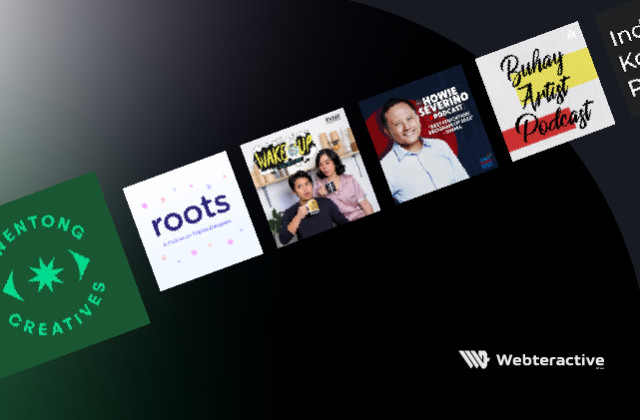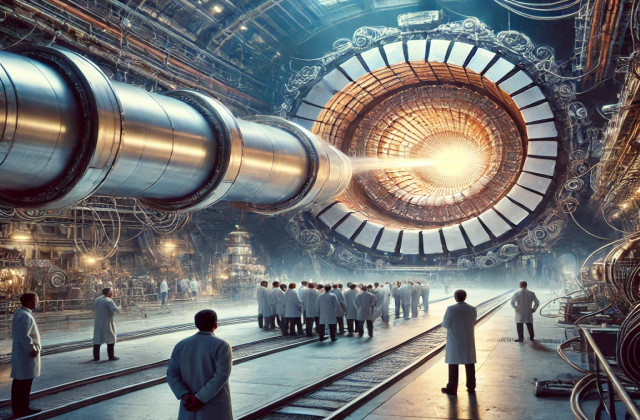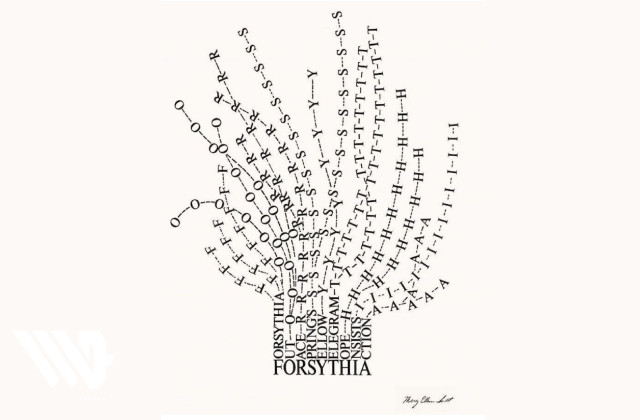- / Contents
- / But First, Coffee: A Deep Dive into the World's Favorite Beverage

But First, Coffee: A Deep Dive into the World's Favorite Beverage
Coffee is a globally cherished beverage with a rich history, originating in Ethiopia and spreading across continents, shaping diverse cultures and fueling economies. Beyond its bold flavors and energizing effects, coffee offers health benefits, various brewing methods, and a deep cultural significance, though its production also raises environmental concerns.
Coffee has long been a staple drink worldwide, fueling people’s mornings and energizing sleepy afternoons. For many, it is an essential part of their daily routine, helping to stimulate the brain and improve focus. Some enjoy it brewed with rich aromas, while others prefer the convenience of instant coffee. No matter how it is prepared, coffee remains one of the most popular beverages in the world. But beyond its enticing aroma and bold taste, there’s a rich history and fascinating facts behind every cup.
The Origins of Coffee
The journey of coffee began centuries ago, with its roots tracing back to Ethiopia. The legend of Kaldi, an Ethiopian goat herder, tells of his discovery of coffee when he noticed his goats becoming unusually energetic after consuming coffee berries. From there, the popularity of coffee spread across the world, evolving into the diverse coffee culture we know today.
- 9th Century (800s) – Discovery in Ethiopia
Monks are believed to have been among the first to brew coffee to stay awake during prayers. - 15th Century – Yemen and the Middle East
Coffee trade and cultivation began in Yemen, where it was used by Sufi monks to enhance concentration during meditation. - 17th Century – Arrival in Europe
Venetian traders introduced coffee to Italy, and coffeehouses soon flourished across England, France, and the Netherlands. - 18th Century – Coffee in the Americas
French and Portuguese traders brought coffee to the Caribbean and South America, with Brazil eventually becoming the largest coffee producer. - 20th and 21st Century – Global Expansion
Instant coffee was introduced, and later, specialty coffee culture emerged with a focus on artisanal brewing methods. Today, coffee is enjoyed globally, with specialty shops and major chains influencing trends worldwide.
Varieties of Coffee Beans
Did you know that coffee beans come from a fruit? Coffee beans are actually the seeds of cherries from the Coffea plant. The two most common coffee bean varieties are:
- Arabica – Known for its smooth, complex flavors, Arabica makes up about 60-70% of global coffee production.
- Robusta – Contains more caffeine and has a stronger, more bitter taste compared to Arabica.
Other lesser-known coffee beans include:
- Liberica – Grown mainly in the Philippines and Malaysia, it has a bold, smoky, and floral flavor.
- Excelsa – Found in Southeast Asia, it offers a tart, fruity, and spicy profile, often blended to add depth to coffee.
Coffee: The Second Most Traded Commodity
Next to crude oil, coffee is the second most traded commodity in the world, with the global coffee industry valued at over $100 billion. According to the International Coffee Organization, Finland leads the world in coffee consumption per capita, with the average Finn consuming approximately 12 kg of coffee annually.
Other top coffee-consuming countries include:
- Norway – 9.9 kg per capita
- Iceland – 9 kg per capita
- Denmark – 8.7 kg per capita
- Sweden – 8.2 kg per capita
Types of Coffee Beverages
Coffee is prepared in numerous ways, with each method affecting its flavor and intensity. Some of the most popular types include:
Espresso-Based Drinks:
- Espresso – A concentrated shot of coffee made by forcing hot water through finely ground coffee.
- Latte – Espresso combined with steamed milk and a layer of foam.
- Cappuccino – Equal parts espresso, steamed milk, and milk foam.
- Americano – Espresso diluted with hot water for a milder flavor.
- Macchiato – Espresso “stained” with a small amount of steamed milk.
Brewed Coffee Methods:
- Drip Coffee – Uses a filter and hot water to brew ground coffee.
- French Press – Steeping coarse coffee grounds in hot water, then pressing them with a plunger.
- Pour Over – Manually pouring hot water over coffee grounds for precise control over extraction.
- Cold Brew – Coffee grounds steeped in cold water for 12+ hours, resulting in a smooth, less acidic drink.
Coffee and Health Benefits
Moderate coffee consumption has been linked to numerous health benefits, including:
- Reduced risk of diseases – Studies suggest coffee may lower the risk of Parkinson’s, Alzheimer’s, and type 2 diabetes.
- Improved cognitive function – Caffeine enhances alertness and focus.
- Boosted metabolism – Coffee can aid in fat burning and increased energy levels.
Coffee’s Role in the Industrial Revolution
During the Industrial Revolution, coffee became a vital part of workers’ diets. Factory employees relied on coffee to stay awake and maintain productivity during long shifts, contributing to the rise of coffee culture in the workplace.
World’s Most Expensive Coffee: Kopi Luwak
One of the most luxurious and controversial coffees in the world is Kopi Luwak, also known as civet coffee. It is made from beans that have been eaten and excreted by the Asian palm civet. The digestive process is believed to enhance the coffee’s smoothness and flavor.
Price of Kopi Luwak:
- Philippines: ₱989 for 100g of Philippine Civet Coffee.
- International: Wild-sourced Kopi Luwak can cost over ₱58,000 per pound.
- Per Cup: Prices range from ₱290 locally to ₱4,640 internationally.
Environmental Impact of Coffee Production
While coffee is a beloved beverage, its farming can lead to environmental concerns such as deforestation, water contamination, and soil erosion. Sustainable practices like shade-grown coffee and eco-friendly processing methods aim to reduce these effects and preserve biodiversity.
Conclusion
Coffee is more than just a drink—it’s a global phenomenon with deep cultural, economic, and historical significance. Whether you enjoy a simple brewed cup, an elegant latte, or an exotic Kopi Luwak, every sip carries a story centuries in the making. So the next time you take a coffee break, remember: behind every cup lies a world of tradition, innovation, and rich flavors waiting to be explored.














